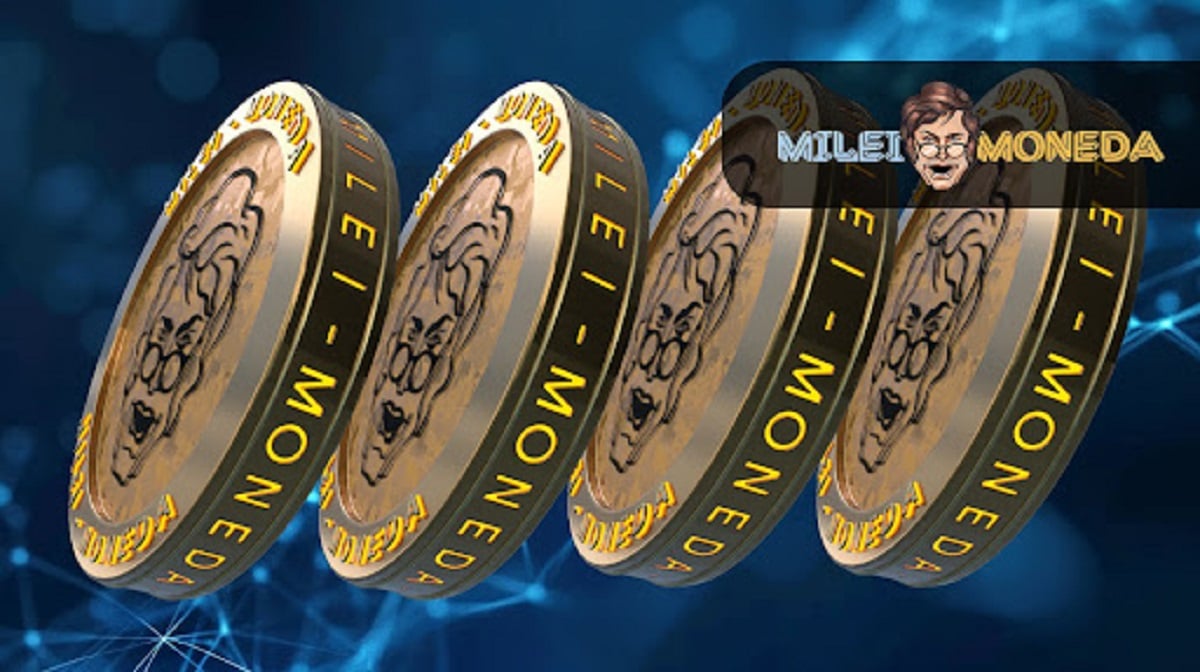Chainlink explains the role of cross-chain swaps and how it removes intermediaries in a latest blog post.
It explains that most of the implementations rely on cross-chain bridges.
Chainlink has taken the centre stage to address the cross-chain problem faced by blockchains today by introducing cross-chain swaps in a new blog post. Chainlink explained how cross-chain swaps work today and how standards for cross-chain communication can open a new wave of cross-chain applications.
This mechanism enables tokens issued on a blockchain to be traded for a token issued on another blockchain. Cross-chain swaps functionality is already accessed through centralized exchanges. However, it poses multiple frictions as it requires users to leverage custodial services and temporarily give up custody of their assets. This hinders the decision to come up with a world powered by sovereign digital asset ownership.
As part of the effort to improve these exchanges of value and information, the Cross-Chain Interoperability Protocol (CCIP), an open standard for cross-chain interoperability, is currently in development. This has been created to use Chainlink decentralized oracle networks (DONs) to “allow programmable token bridges and secure, arbitrary, and trust-minimized messaging between blockchains.”
What CCIP is about
The idea of CCIP is to make sure that blockchain networks, both public and private, have universal connections between them. With this, isolated tokens can be unlocked and cross-chain applications can be created. CCIP can enable a secure and seamless data delivery on liquidity conditions to support more efficient liquidity routing.
Additionally, the programmable token bridge can enable any Web3 developer to build for a cross-chain environment without needing to directly manage the underlying bridge infrastructure. Cross-chain exchanges can then build better user interfaces, facilitate swaps at a lower cost, and offer a wider range of assets due to the unparalleled connectivity provided by the adoption of an open standard.
How Cross-chain swaps work
Chainlink explains that most of the current implementations rely on cross-chain bridges. Users who seek to perform a cross-chain must lock up their tokens on the source blockchain, then mint wrapped tokens on the destination blockchain. After this, users swap using a native decentralized exchange to buy the digital asset of their choice. This method is called the “lock-and-mint” bridge model. There is another approach called “burn-and-mint” where tokens are burnt on the source and minted on the destination blockchain. There is also the “lock-and-unlock” model.
Another method to facilitate cross-chain swaps is Atomic Swaps, where time-locked smart contracts are used. While this is known as one of the decentralized options to facilitate cross-chain swaps, it is not a very generalizable or scalable model.
The blog post also states that Cross-Chain Infrastructure from bridges to exchanges enables cross-chain liquidity to be securely unlocked.
No spam, no lies, only insights. You can unsubscribe at any time.
As more blockchains enter the Web3 industry and the adoption of new and existing blockchains continues to grow, liquidity becomes trapped across these digital environments. Fragmented liquidity decreases market efficiency across all blockchains, diminishes the utility of digital assets, and acts as a barrier for developers aiming to capture users across many blockchains.
According to Chainlink, cross-chain infrastructure like CCIP can help in creating a unified user and developer experience as Web3 continues to grow and more applications and tokens are built on top of these networks of blockchain ecosystems. Simply put, it removes the need to centralize intermediaries and enables direct exchanges of value and information between blockchain networks.
Crypto News Flash does not endorse and is not responsible for or liable for any content, accuracy, quality, advertising, products, or other materials on this page. Readers should do their own research before taking any actions related to cryptocurrencies. Crypto News Flash is not responsible, directly or indirectly, for any damage or loss caused or alleged to be caused by or in connection with the use of or reliance on any content, goods, or services mentioned.





